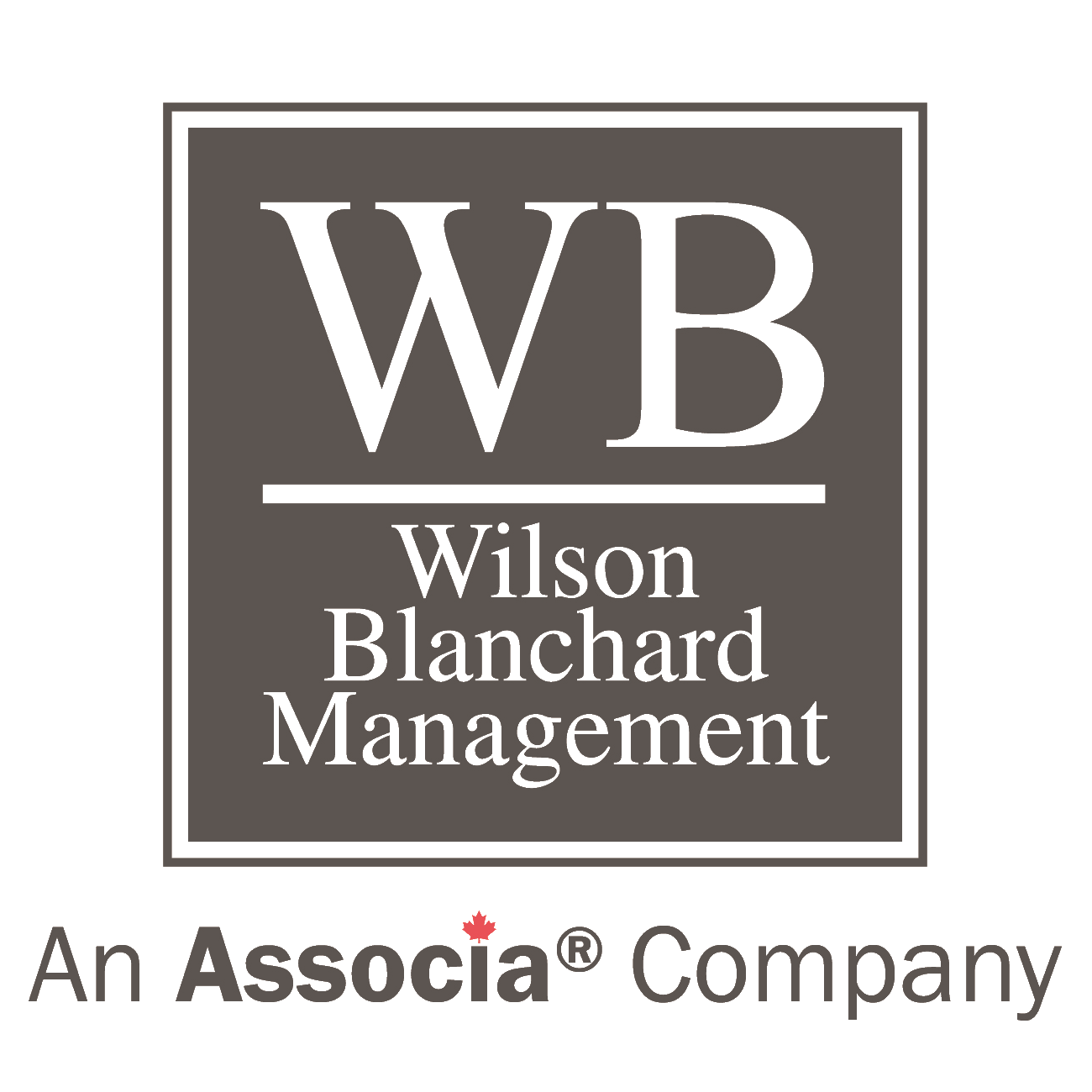Condo 101: A Complete Guide to RFPs
One of the hardest decisions a condominium corporation board of directors will have to make is who to hire for their management company. It can be daunting and take time and effort to find the management company that best suits your needs, but by first writing and distributing a request for proposal (RFP), you’re simplifying the process from the onset. Read on to learn about RFPs, why they’re important, how to draft one, and more.
What is an RFP?
Typically drafted by the board of directors or an appointed committee, an RFP is a formal document that requests a bid for management services. The document should include essential information about your community and its needs, expectations, and requirements. Taking the RFP details into consideration, management companies will then submit proposals explaining what they can offer your community and why you should hire them.
Why should your condo use an RFP?
Creating a thorough, well-written RFP that clearly outlines your community’s desires streamlines the selection process. Vendors can craft personalized proposals addressing your community’s specific needs, minimizing back-and-forth and saving all parties time, resources, and energy. In most cases, the better the RFP, the better the proposal, and the easier it is to compare, evaluate, and select a management company.
Using an RFP also allows you to set expectations from the very beginning, ensuring a pleasant and productive partnership that will benefit your community for years to come.
How do you submit an RFP?
Often, a management company’s website will include a link to request a proposal, and the process starts from there. Alternatively, you can send a professional email with your RFP attached and your direct contact information clearly listed.
What should be included in an RFP?
To get the most out of your RFP, be as detailed as possible and include:
- The basics. Corporation history, distinguishing features, number of homes and owners, and type of community (townhome, high-rise, low-rise, etc.)
- List of amenities. Pool, clubhouse, gates, deeded parking, etc.
- Board information. Number of board members, available internal resources, communication strategy and volume, and service providers.
- Meeting information. Meeting frequency, types of business conducted, etc.
- Financial information. Current financial state, assessment frequency, and anticipated increases or special assessments.
- The board’s expectations. Management philosophy, recent challenges, and goals.
What happens after you submit an RFP?
After you’ve submitted an RFP, management companies will respond by sending their proposals, providing thorough information about their company and a pricing bid for their services. Once you’ve had a chance to carefully review, evaluate, and compare your list of proposals, you should be well informed and confident enough to move forward and conduct interviews with a select number of candidates and ultimately make your final decision.
